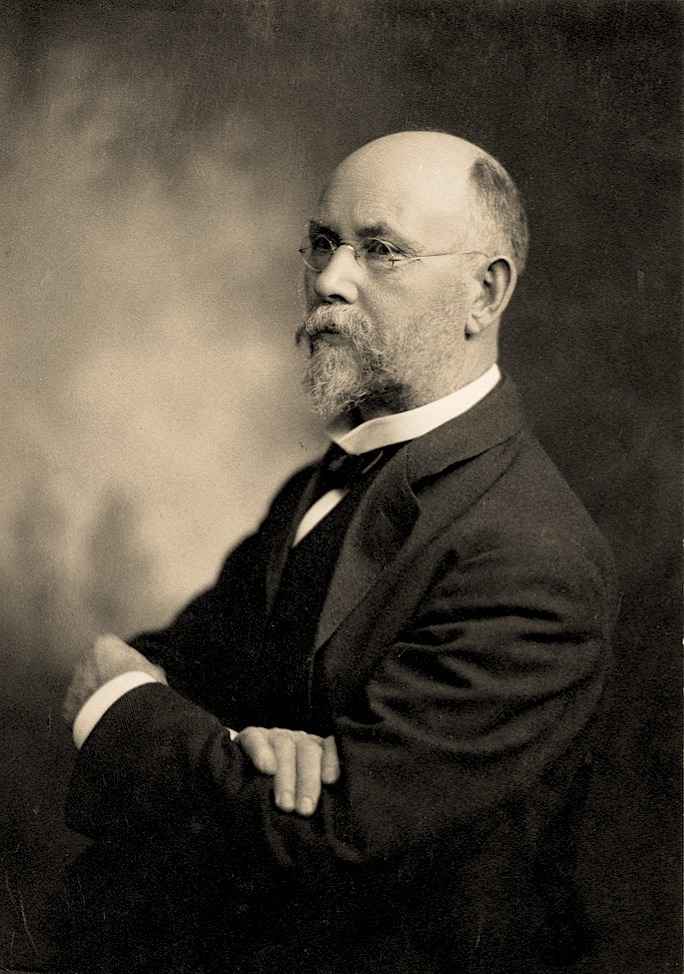John Francis Murphy (1853 - 1921) Works

John Francis Murphy (1853 – 1921)
Born in Oswego, New York in 1853, John Francis Murphy would become a leading figure in American Tonalism in the 19th and early 20th centuries. After moving to Chicago in 1868, Murphy began working as a painter of theater sets and advertising billboards, sparking his artistic interests. Primarily self-taught, he did attend classes at the Chicago Academy of Design for a short time. In 1873, he was elected an Associate of the Chicago Academy of Design before progressing to Academician just a mere few weeks later.Initially attracted to the Hudson River School and the works of William Hurt, Murphy spent three months in the Adirondack Mountains sketching that same year.
In 1875, Murphy moved to New York City, where the National Academy of Design featured one of his paintings in their annual exhibition in 1876. In 1878, Murphy became a member of the Salmagundi Club and,by 1880, he was also a member of the American Color Society after exhibiting with them in 1879. It was around this time that Murphy became fascinated by the works of Alexander HelwigWyantand American Tonalism, as well as Transcendentalist writings. With his newfound style, Murphy began to experience wider success as reviewers designated him as “the American Corot”, due to his tonal similarity to the French painter, Jean-Baptiste-Camille Corot. In 1885, he was awarded the Hallgarten Prize from the National Academy of Design before becoming a full Academician of the group two years later.
Murphy married fellow painter, Adah Clifford Smith, in 1883. In 1886, they traveled to Europe, where they lived for part of the year in a small French village and spent time in Paris. Upon their return to the United States, construction began on a house and studio in Arkville, New York in the Catskill Mountains. For the rest of his life, Murphy spent most of the year in the Catskill Mountains painting but returned to New York to exhibit his work and paint at the infamous Chelsea Hotel. In 1906 and 1909, he and his wife returned to Europe to spend time in England, Scotland, and Ireland. He died of pneumonia in New York City on January 30, 1921.
Murphy received many awards throughout his lifetime including medals at the World’s Columbian Exhibition, 1893; the Pan-American Exposition, 1901; the Charleston Exposition, 1902; and the Panama-Pacific International Exposition, 1915. His work can be found in numerous esteemed collections including the Metropolitan Museum of Art, New York; the National Gallery of Art, Washington, D.C.; the Smithsonian American Art Museum, Washington, D.C.; the Art Institute of Chicago; and the Museum of the Fine Arts, Boston.
Photo Source: Archives of American Art Journal: v15 no2 p10 - Archive of American Art (Smithsonian Institution)

